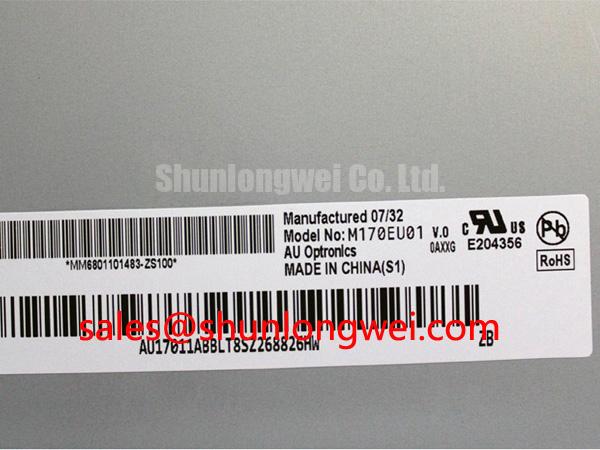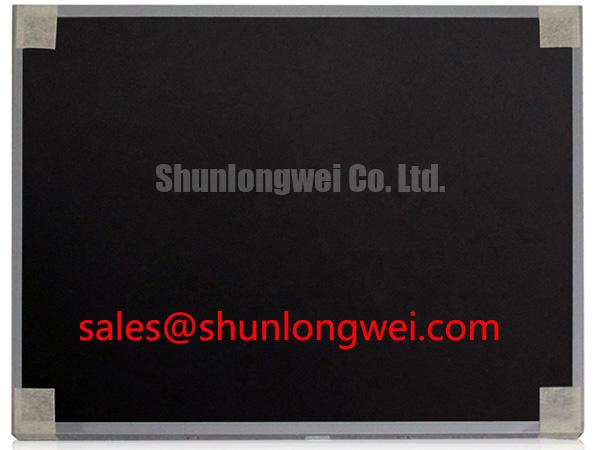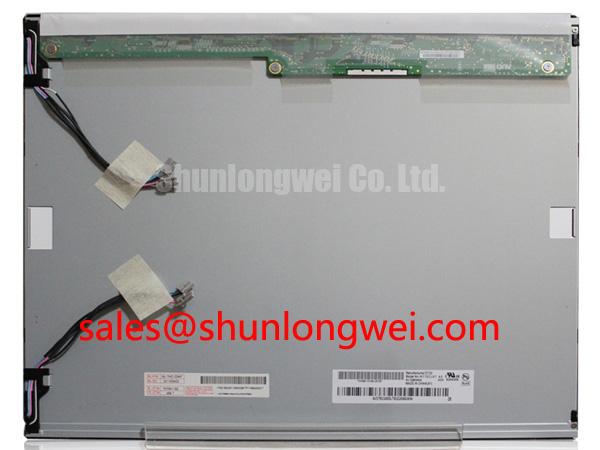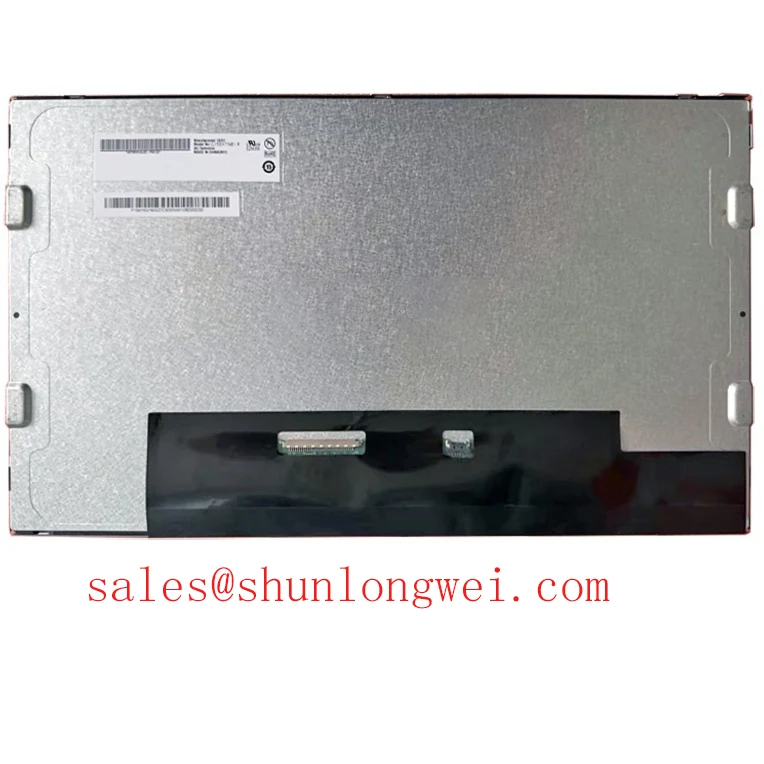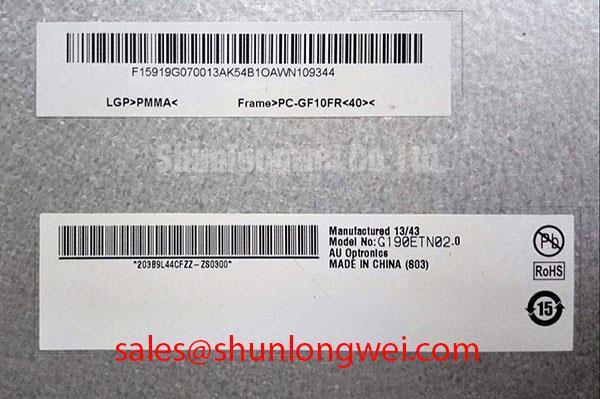Content last revised on November 13, 2025
AUO M170EU01 V0 | Robust 17" SXGA Industrial LCD for Legacy System Integration
The AUO M170EU01 V0 is a 17.0-inch TFT-LCD panel engineered for longevity and performance in demanding industrial environments. More than just a display, it represents a strategic solution for extending the lifecycle of existing systems by providing a modern, reliable drop-in replacement for older displays. Its classic 5:4 aspect ratio and robust build make it the go-to choice for applications where consistency and long-term availability are paramount.
Engineered for Industrial Realities
Designed by AUO, a leader in display technology, the M170EU01 V0 is built to address the specific pain points of industrial equipment manufacturers and system integrators. Key features that deliver tangible value include:
- Legacy-Compatible SXGA Resolution: The 1280x1024 resolution in a 5:4 aspect ratio eliminates the need for costly software redevelopment or mechanical redesigns when upgrading systems originally built for non-widescreen interfaces.
- Long-Life WLED Backlight: With a typical lifetime of 50,000 hours, the integrated WLED backlight system ensures consistent brightness and significantly reduces maintenance cycles and total cost of ownership compared to legacy CCFL technology.
- Standardized LVDS Interface: The 2-channel, 8-bit LVDS Interface provides a plug-and-play solution for a wide range of industrial motherboards and controllers, simplifying integration and reducing development time.
- Industrial-Grade Optical Performance: A typical brightness of 300 nits and an 800:1 contrast ratio deliver clear, sharp visuals essential for detailed HMI, medical imaging, and process control applications.
Technical Deep Dive: Where Performance Meets Practicality
Two core engineering decisions set the AUO M170EU01 V0 apart as a superior choice for its target applications. Understanding these provides a clear picture of its intended value.
The Strategic Advantage of the 5:4 Aspect Ratio
While the market has shifted towards widescreen formats, a significant installed base of high-value industrial machinery, medical devices, and ATM/Kiosk systems rely on software GUIs optimized for a 1280x1024 display. Migrating these systems to a widescreen format can trigger a cascade of expensive NRE costs, including UI redesign, software validation, and new enclosure tooling. The M170EU01 V0 directly mitigates this by serving as a form-fit-function replacement, preserving the integrity of the original system design while upgrading its core visual component.
Reliability Through WLED Backlight Engineering
The transition from CCFL to WLED backlights was a pivotal moment in the evolution of TFT-LCD technology. The M170EU01 V0's 50,000-hour rated backlight offers more than just extended life. It provides superior operational stability with no high-voltage inverter required, lower power consumption, and better luminance uniformity over its entire operational lifespan. This translates to fewer field failures and a more predictable maintenance schedule for critical equipment.
Key Parameter Overview for System Engineers
The following table outlines the critical performance specifications for the AUO M170EU01 V0, providing the essential data for design-in consideration.
| Parameter | Specification |
|---|---|
| Screen Size | 17.0 inches |
| Resolution | 1280(RGB)×1024 [SXGA] |
| Aspect Ratio | 5:4 (Width:Height) |
| Brightness | 300 cd/m² (Typ.) |
| Contrast Ratio | 800:1 (Typ.) |
| Viewing Angle | 80/80/60/80 (Typ.)(CR≥10) |
| Color Gamut | 72% NTSC |
| Interface Type | LVDS (2 ch, 8-bit) |
| Backlight Type | WLED, 50,000 hours (Typ.) with LED Driver |
| Operating Temperature | 0°C to 50°C |
Frequently Asked Engineering Questions (FAQ)
Is the M170EU01 V0 a direct replacement for older 17-inch CCFL panels?
In many cases, yes. It is an excellent upgrade path due to its matching resolution and aspect ratio. The WLED backlight offers significant advantages in power efficiency and lifespan. However, engineers must always verify three key aspects: mechanical mounting points, the LVDS connector pinout, and the supply voltage requirements for both the panel and the backlight driver to ensure full compatibility.
What are the practical implications of the specified viewing angles?
This panel utilizes TN (Twisted Nematic) technology, which is common for its fast response time and cost-effectiveness. The 80/80 horizontal viewing angle is quite wide. The vertical viewing angle shows a slight asymmetry (60° from the bottom, 80° from the top). For optimal user experience, the display should be mounted so the primary viewing direction is straight-on or from above, which is typical for control panels and desktop medical instruments. If your application requires symmetrical, ultra-wide viewing angles for multiple off-axis viewers, one of our IPS-based industrial LCD displays might be a better fit. For specific integration advice, please contact our technical team.

